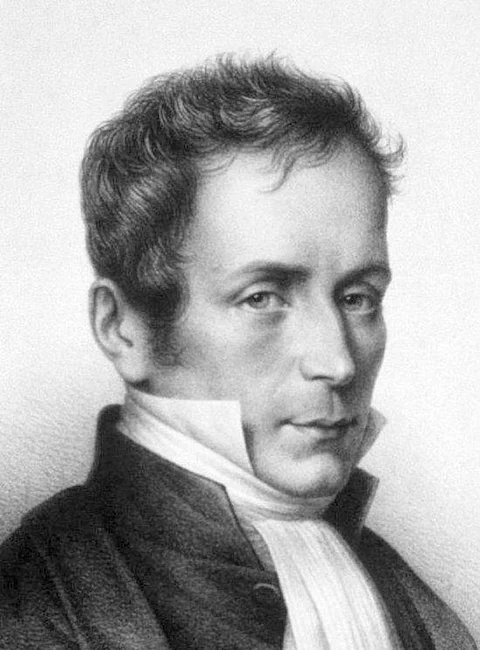Rene Laennec: The Man Who Invented Stethoscope
by Ruchika Verma
- Rene Laennec invented stethoscopes in 1816
- He also coined many other medical terms which helped us in understanding a different kind of diseases
- His contribution in the field of medicine are immense and will always be remembered
One thing which is most frequently associated with a doctor is a stethoscope. Be it advertisements or real life, a stethoscope is one thing which we see hanging around every doctor's neck.
The stethoscope is an instrument which is used by doctors to hear a patient's heartbeats and to check their breathing. This medical instrument is used to hear the resonance of sounds made by our hearts and lungs for evaluative purposes. The instrument has been an object of fascination for a long time, because of its simple design, which consists of just a resonator and two tubes.
Stethoscopes are quintessential to a doctor. Pixabay.
But who invented the stethoscope?
René-Théophile-Hyacinthe Laennec or simply known as Rene Laennec, was a French physician who invented stethoscope in the year, 1816. He invented this medical instrument while working at the Necker Hospital in France, and used it in diagnosing various chest and lung conditions, pioneering the whole concept.
Rene-Laennec invented the Stethoscope in 1816. Wikimedia Commons
He was born on February 17, 1781, Brittany, France and died on August 13, 1826, Kerlouanec due to Tuberculosis.
Necessity for this invention
Rene Laennec invented stethoscopic or stethoscope because of his embarrassment while treating women. He didn't like to put his ear at their chest in order to diagnose their problems, especially in the case of overweight women. He also found this method of listening to heartbeats very ineffective.
The original stethoscope was just a piece of paper rolled into a cylinder. Pixabay.
As a result, he invented an instrument which won't require him to put his ear on his patient's chest and will be more effective. He rolled a piece of paper into a cylinder and placed one side on the patient's chest and the other near his ear. He found that he could hear the sounds better.
His contributions to the Medical Field
He invented the stethoscope but that wasn't his only major contribution or achievement in the medical field.
He famously coined the term 'melanoma', which is a type of cancer that typically occurs in the skin but rarely occur in the mouth or intestines. He was the one who recognised that melanotic lesions are the result of metastatic melanoma.
Laennec is also well known for his studies of peritonitis, amenorrhea and tubercle lesions. He also coined the term cirrhosis, which is a lung disease. His works played a huge role in the understanding the of this disease.
A difference in the design of Traditional and Modern Stethoscopes
The modern stethoscopes that we see today are not what Rene Laennec invented. His original design was rather simple. The doctor's stethoscope that we see today is much more complex that Laennec's simple design.
His original design was just a tube, which could be made of wood and copper. It could be assembled and dissembled easily as per the convenience of the physician. The new age stethoscope is a modification of his original design.
The original design of Rene Laennec's stethoscope. Wikimedia Commons
His original stethoscope was replaced by the stethoscopes using rubber tubes by end of the 19th century.
A modern-day stethoscope using rubber tubes and a resonator. Pixabay
Achievements
The government of France honoured Rene Laennec with First Prize in Medicine and Sole Prize in Surgery in 1803.
He was also conferred with the title of the 'Knight of the Legion of Honor' in 1824.
His contributions in the medical fields are immense and for it, he will always be remembered.


